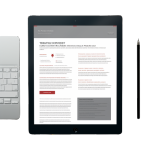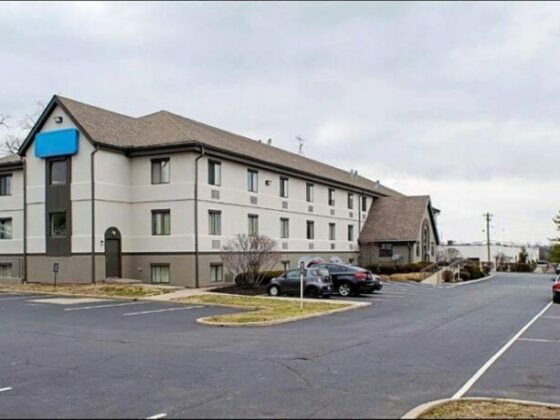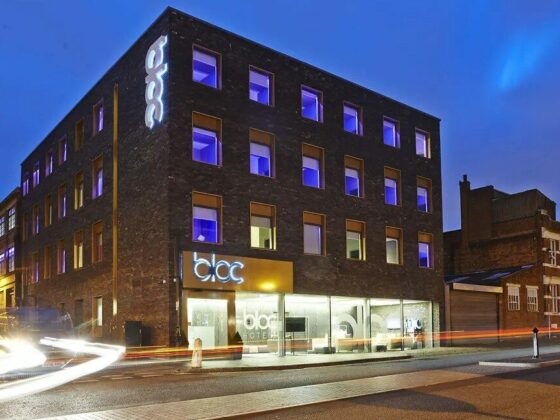
DALLAS, Texas—Commercial real estate lending continued to rebound in the second quarter of 2025, supported by activity from banks and alternative lenders, though caution persists due to government policy and economic uncertainty impacting treasury yields, according to the latest research from CBRE.
The CBRE Lending Momentum Index, which tracks the pace of CBRE-originated commercial loan closings in the U.S., rose by 45 percent year-over-year. This increase came despite a 6 percent decline from the first quarter of 2025 as tariff announcements and policy uncertainty weighed on borrowing conditions in April and May. The index rebounded strongly in June to close the quarter at a value of 275, well above the five-year pre-pandemic average of 229.
Commercial mortgage loan spreads widened to an average of 193 basis points (bps) in the second quarter of 2025, up by 10 bps compared to the same period last year and the first quarter of 2025. Multifamily loan spreads narrowed by 22 bps to 150 bps, driven primarily by tighter agency loan pricing.
“Despite early challenges in the second quarter, the capital markets have demonstrated remarkable resilience and stabilization. Uncertainty surrounding tariffs and their potential impact on pricing and risk premiums initially caused a temporary pause in activity; however, as clarity improved and tariffs were delayed, credit spreads tightened to more balanced levels, and capital returned with risk-adjusted expected returns aligned to current market conditions. Industrial and multifamily assets, particularly those priced at a discount to replacement cost, continue to draw strong investor interest,” said James Millon, president and co-head of capital markets, United States and Canada, CBRE.
“Looking ahead, we expect sustained momentum as market participants adapt to evolving conditions. While headwinds persist, the strength and flexibility of capital markets, supported by robust pipelines, position us for continued growth in transaction volumes across both sales and debt.”
Alternative lenders, including debt funds and mortgage REITs, led CBRE’s non-agency loan closings in the second quarter of 2025, capturing a 34 percent share, up from 32 percent in the same period last year. Debt funds drove much of this increase with lending volumes rising 89 percent quarter-over-quarter and 52 percent year-over-year.
Banks held the second-largest share of non-agency loan closings at 24 percent, a decrease from 29 percent a year ago. Despite the smaller market share, banks’ origination volume grew by 17 percent, indicating a strong reentry into the market.
Life companies accounted for a 23 percent share of non-agency loan volume in the second quarter of 2025, down from 29 percent a year ago but up from 21 percent in the first quarter of 2025.
CMBS lenders also saw increased activity, with their share rising to 19 percent, up from 9% a year ago. Lending volumes from CMBS lenders more than tripled year-over-year, fueled by active private-label CMBS issuance.
In terms of key metrics, tighter corporate borrowing spreads in the second quarter of 2025 led to slightly looser underwriting standards as loan constants fell by 21 bps and mortgage interest rates by 16 bps quarter-over-quarter, respectively. The average Loan-to-Value Ratio (LTV) rose to 63.3 percent, up from 62.2 percent in the first quarter of 2025, signaling a slightly less conservative lending environment as borrowers assumed more debt.
Government agency lending for multifamily assets reached $28.9 billion in the second quarter of 2025, reflecting a 31 percent quarter-over-quarter and a 43 percent rise year-over-year. CBRE’s Agency Pricing Index, which tracks average fixed agency mortgage rates for 7–10-year permanent loans, fell to 5.7 percent, down 13 bps from the previous quarter and by 28 bps from the same period last year.







